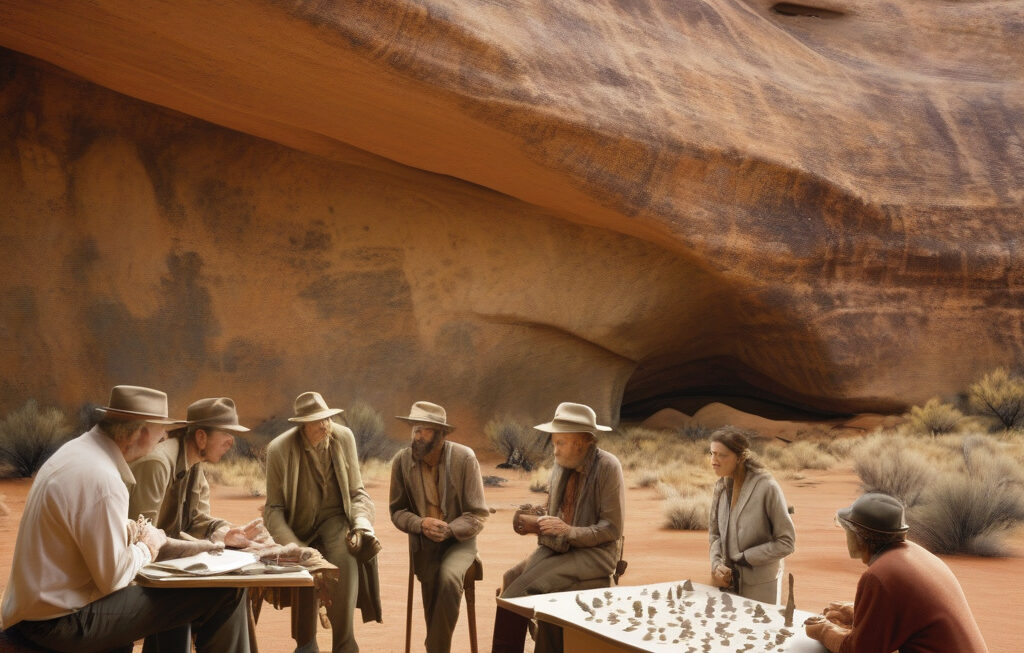“Molten Rock Raindrops” Reveal Jupiter Formed 1.8 Million Years After Solar System
For the first time, researchers have dated the formation of Jupiter by studying tiny, bead-like droplets of glass found within ancient meteorites. These molten rock raindrops, as they are often called, provide crucial insights into the early stages of our solar system’s evolution.
According to a recent study published in the journal Science Advances, the analysis of these glassy spheres, known as chondrules, suggests that Jupiter, the largest planet in our solar system, took shape approximately 1.8 million years after the formation of the first solids in the solar system. This discovery challenges previous theories that proposed Jupiter’s formation much earlier, indicating a more dynamic and complex process.
Chondrules are small, spherical grains that formed from molten droplets in the protoplanetary disk of our early solar system. These tiny structures are crucial for understanding the conditions and timing of planet formation. By studying the chemical composition and isotopic signatures of chondrules found in ancient meteorites, scientists can piece together the timeline of celestial events that shaped our cosmic neighborhood.
The researchers involved in this study used state-of-the-art techniques to analyze the chondrules and determine their age with unprecedented precision. By measuring the decay of radioactive isotopes within the glassy spheres, they were able to establish a reliable timeline for the formation of Jupiter, shedding light on the dynamics of the early solar system.
The findings suggest that Jupiter’s growth was a relatively rapid process, taking place within a few million years of the solar system’s birth. This challenges previous models that proposed a more gradual accumulation of gas and dust over tens of millions of years. The presence of Jupiter would have had a significant impact on the structure and evolution of the early solar system, influencing the formation and positioning of other planets.
Understanding the timing of Jupiter’s formation is crucial for unraveling the mysteries of our solar system’s history. The gas giant plays a fundamental role in shaping the architecture of our cosmic neighborhood, influencing the distribution of material and the dynamics of planetary orbits. By refining our knowledge of Jupiter’s origins, we can gain valuable insights into the processes that led to the formation of Earth and the other planets.
This study highlights the importance of studying ancient meteorites and their microscopic components to unlock the secrets of the early solar system. The analysis of chondrules provides a window into the past, allowing scientists to peer back in time and reconstruct the events that set the stage for the existence of our planetary system.
As researchers continue to unravel the mysteries of Jupiter’s formation and the evolution of the solar system, new discoveries are bound to reshape our understanding of the cosmos. By combining cutting-edge analytical techniques with innovative research approaches, scientists are pushing the boundaries of knowledge and uncovering the hidden stories written in the rocks of space.
In conclusion, the study of “molten rock raindrops” embedded in ancient meteorites offers a fascinating glimpse into the timing of Jupiter’s formation and the early history of our solar system. By analyzing these microscopic treasures, researchers are rewriting the narrative of planetary evolution and opening new pathways for exploration and discovery in the ever-expanding universe.
Jupiter, solar system, chondrules, meteorites, planetary formation









